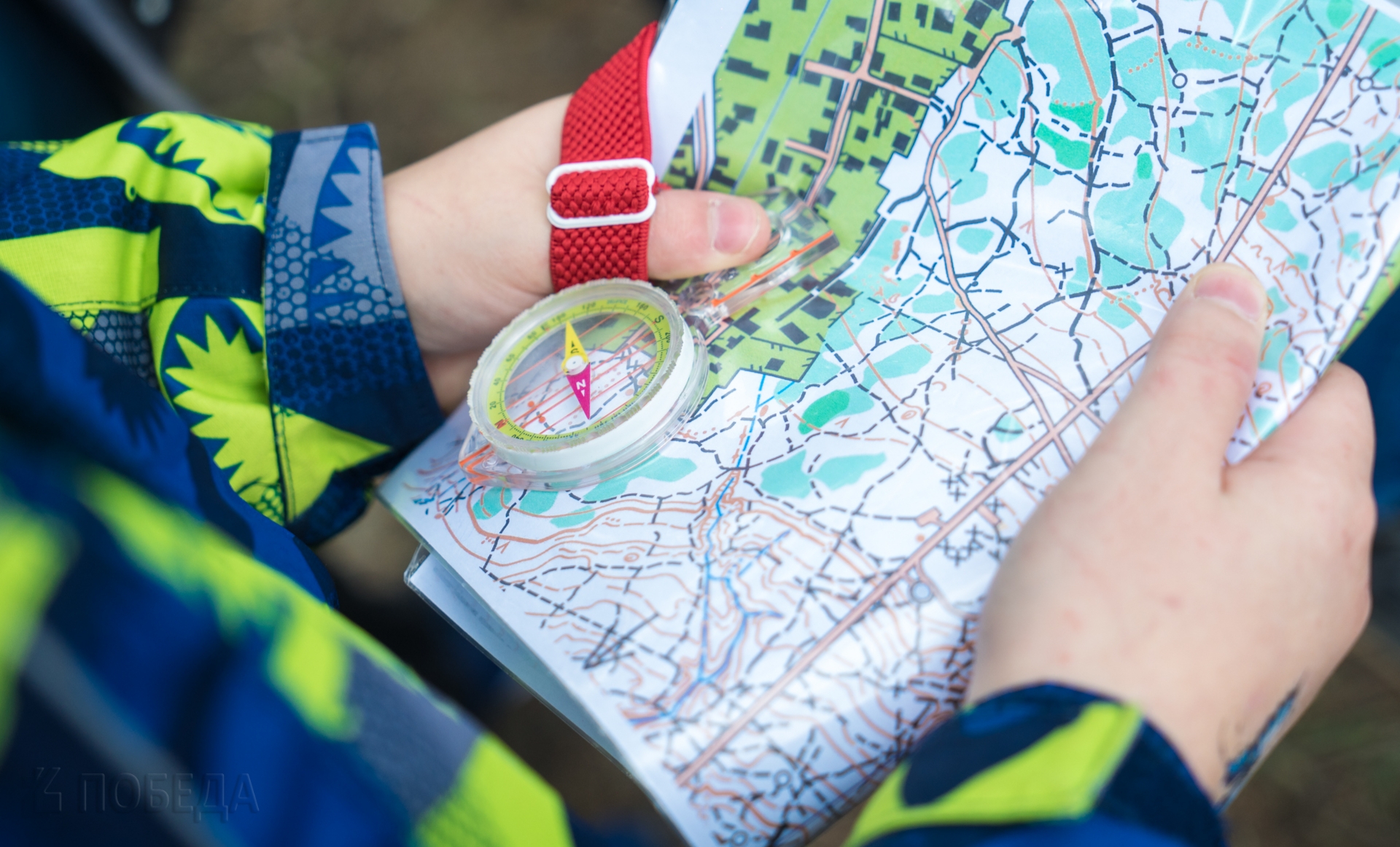Discovering the Thrill of Sports Orienteering

Sports orienteering, a blend of physical prowess, strategic thinking, and navigating through rugged landscapes, offers enthusiasts a unique and exhilarating experience. Unlike traditional sports where victory often hinges on sheer speed or strength, orienteering requires a combination of athleticism and mental acuity.
Origins and Evolution
Orienteering's roots trace back to Scandinavia in the late 19th century, evolving from military training exercises into a competitive sport. The sport gained international recognition after the first World Orienteering Championships in 1966. Since then, it has grown steadily, attracting participants from all corners of the globe.
The Essence of Orienteering
At its core, orienteering involves navigating from point to point in diverse terrains using only a map and compass, relying on one's sense of direction and decision-making abilities. Competitors must choose the best route between checkpoints (often marked by flags), taking into account factors like terrain difficulty, elevation changes, and vegetation density.
Skills Required
Successful orienteers possess a diverse skill set:
- Navigation: Mastery of map reading and compass use is fundamental.
- Endurance: Courses can span various distances, requiring stamina and physical fitness.
- Decision Making: Quick, strategic route choices are crucial to optimize speed and efficiency.
- Adaptability: Terrain can vary widely, demanding adaptability in movement and technique.
Formats and Events
Orienteering events vary in format:
- Foot Orienteering: The most common type, where participants navigate on foot.
- Ski Orienteering: Held in snowy conditions, using skis and poles.
- Mountain Bike Orienteering: Combining biking with navigation through off-road terrain.
- Trail Orienteering: Focuses on precision navigation along defined paths.
Community and Culture
Beyond competition, orienteering fosters a strong community spirit. Clubs and organizations worldwide host events that cater to all skill levels, from beginners to elite athletes. Participants often cite the camaraderie and shared passion for exploration and outdoor adventure as key reasons for their involvement.
Benefits Beyond the Sport
Participation in orienteering offers numerous benefits:
- Physical Fitness: Improves cardiovascular health, endurance, and strength.
- Mental Agility: Enhances problem-solving skills, spatial awareness, and decision-making under pressure.
- Connection with Nature: Provides opportunities to explore natural landscapes and wilderness areas.
- Family and Social Bonding: Suitable for all ages, promoting family outings and social interaction.
Conclusion
Sports orienteering stands out as a multifaceted activity that appeals to adventurers, athletes, and outdoor enthusiasts alike. Whether aiming for podium finishes or simply seeking to challenge oneself amidst nature, orienteering offers a compelling blend of physical exertion, mental stimulation, and the thrill of exploration. Embracing the spirit of discovery and competition, orienteering continues to captivate individuals worldwide, inviting them to navigate their own paths to success and adventure.
In essence, orienteering isn't just a sport—it's a journey of self-discovery and exploration, where every turn of the compass opens up new possibilities and adventures.
- Arts
- Business
- Computers
- Игры
- Health
- Главная
- Kids and Teens
- Деньги
- News
- Recreation
- Reference
- Regional
- Science
- Shopping
- Society
- Sports
- Бизнес
- Деньги
- Дом
- Досуг
- Здоровье
- Игры
- Искусство
- Источники информации
- Компьютеры
- Наука
- Новости и СМИ
- Общество
- Покупки
- Спорт
- Страны и регионы
- World


